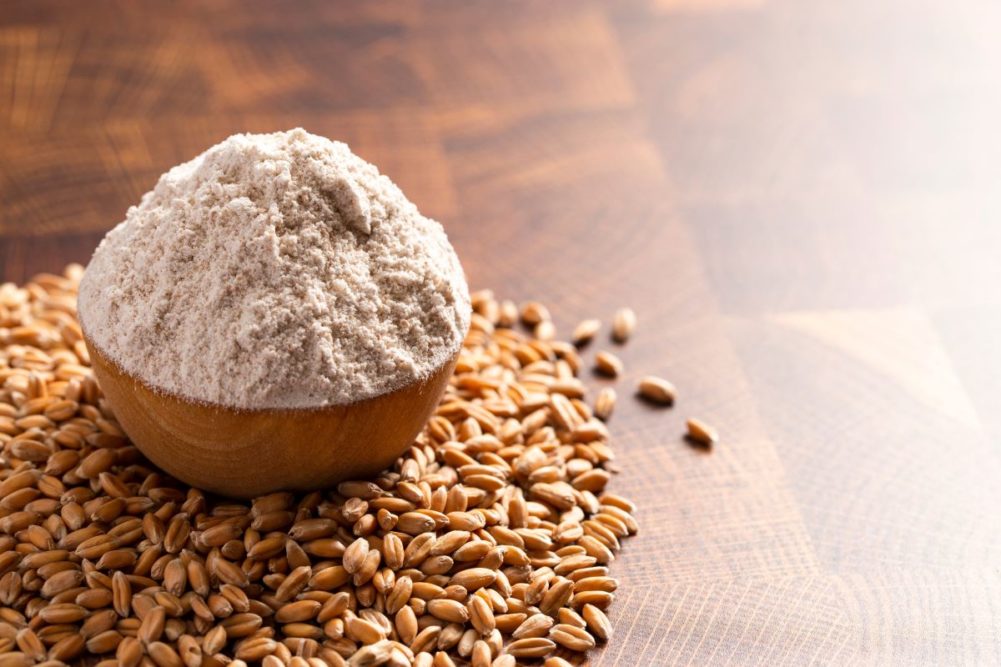 Joshua Sosland, editor of Milling & Baking News.
Joshua Sosland, editor of Milling & Baking News.KANSAS CITY — As is the case in many aspects of the US economy, interpreting flour production trends since 2020 has been challenging and, at times, even mystifying. The year just ended was no exception. It has been 15 years since US flour production registered as large a jump as occurred in 2022. Data from the US Department of Agriculture placed flour production last year at 430.3 million cwts, up 9.1 million cwts, or 2.2%, from 2021.
Without question, the upturn in production in 2022 represents a positive sign. But does the record outturn and sharp increase from depressed production in 2021 mean milling is set on a strong upward course? Several measures suggest otherwise.
Many companies outside of milling have used 2019 as a baseline for comparison purposes to discern underlying sales trends amid the noise associated with pandemic-related disruptions. Flour production in 2022 was up a solid 8 million cwts, or 1.9%, from 422 million cwts in 2019. But in the case of flour production, choosing that year as a baseline may not be wise. With the benefit of hindsight, 2019 appears to be an outlier, down 4.6 million cwts from 2018 and the smallest outturn since 2012. By contrast, the years 2017 and 2018 appear to be more representative choices for a point of comparison. Production both years came in between 426 million and 427 million cwts and followed a series of years in which production fell between 423 million and 425 million cwts.
Using an average of 426.6 million cwts of flour production in 2017 and 2018 as a baseline for comparison, production in 2022 was up 3.6 million cwts, or 0.9%, from “typical” pre-pandemic production. The increase of 3.6 million cwts over four to five years points to annual underlying growth of just over 800,000 cwts over the past several years. During this period, the US population has grown by about 1.3 million each year, suggesting that even after last year’s major jump in flour production, demand over the last several years has not kept pace with population growth.
A different key metric of flour milling health was positive without qualification. Flour mills in 2022 operated at 88.4% of six-day capacity, up from 86.7% in 2021, 83.4% in 2019 and an average of 85.4% in 2017-18. The figure was the highest since 89.1% in 2013. In the 25 years since per capita consumption of flour peaked in 1997, milling operating capacity has topped the 2022 rate only four times.
Still, weak retail sales for bread contributed to the sense flour demand is shakier than the 2022 production surge would indicate. It’s true that with each passing year, sliced bread accounts for a progressively smaller proportion of US flour disappearance. At about $16 billion in annual sales, the retail bread and rolls market remains significant, and the products are highly flour intensive. IRI data at mid-year showed retail bread sales down 3.2% from a year earlier. Other major categories were down, too, including cookies down 1.6% and crackers down 2.4%.
More recently, Flowers Foods, Inc., the nation’s second largest baking company, said it sustained a 6.6% decrease in sales volume in its latest fiscal quarter and still held its market share, meaning its competitors on average performed just as poorly. Additionally, flour production ended the year on a weak note, with fourth-quarter outturn down 3% from the last quarter of 2021.
Drawing definitive conclusions about flour demand directionality based on a single year is not possible, and figures from a single quarter are even less conclusive. Several millers asked about the fourth-quarter drop generally cited factors other than weak demand, including worsening labor issues around the holidays and unusually heavy downtime at customer plants. Some softness in business linked to quick-service restaurants — including to makers of breading and bakers of buns — was noted.
Despite many positives last year, an uncertain market tenor continues to prevail, and a cautious view of flour demand prospects remains warranted in 2023.






